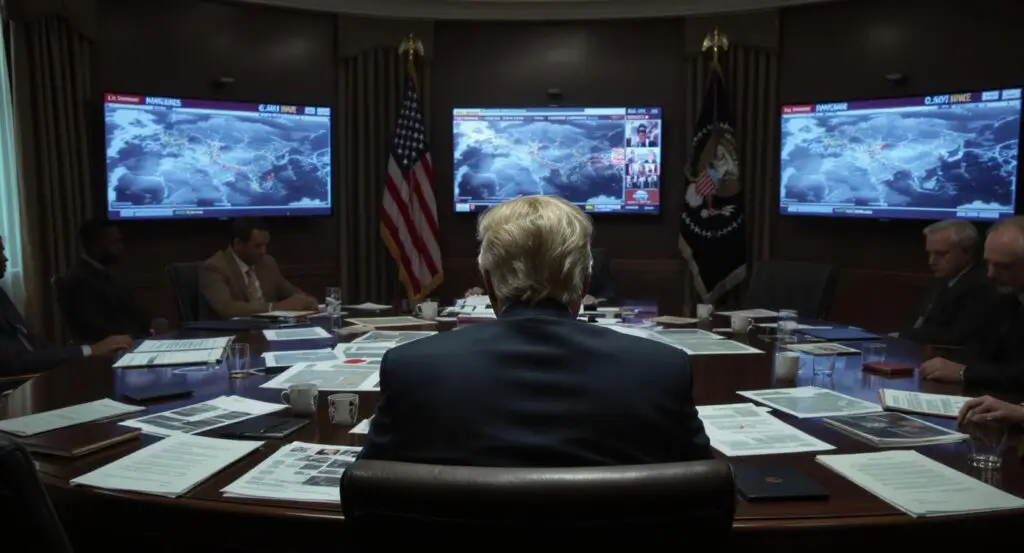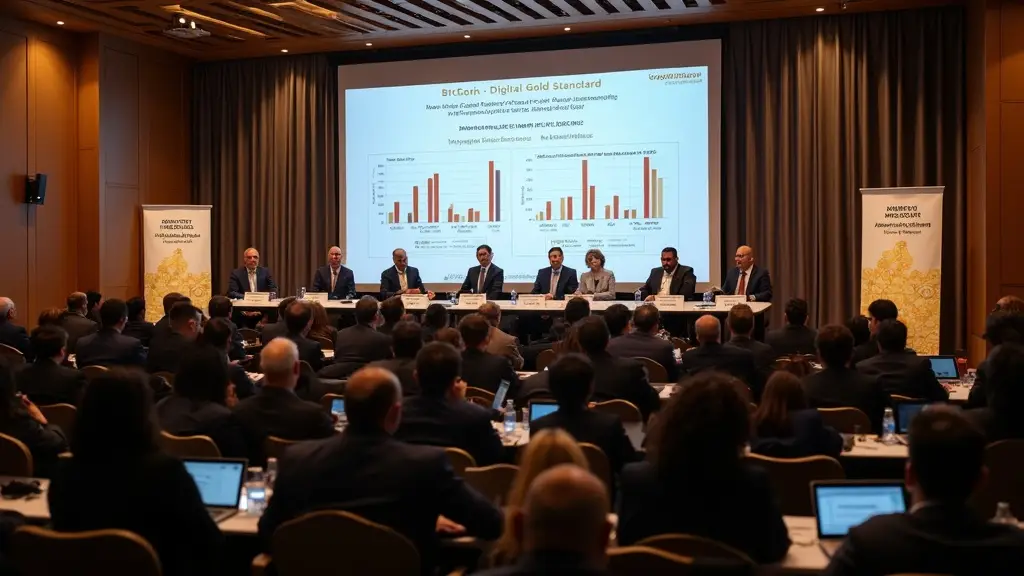Trump’s Scottish Visit: A Display of Personal Power
Donald Trump’s recent visit to Scotland, marked by a welcome from Keir Starmer at his golfing estates, served as a striking demonstration of his personal power and distinctive approach to international relations. The scene, complete with bagpipes, highlighted Trump’s ability to command attention and leverage his personality to assert dominance. His press conference, ranging from critiques of wind power to discussions about property details, underscored his unique style. Capping off the day, flying the British Prime Minister on Air Force One to another private club further emphasized his ostentatious display of U.S. power optics, following a similarly effusive meeting with the top EU official, Ursula von der Leyen, concerning a trade deal.
Trump’s Second Term: Fulfilling “Wins” on Multiple Fronts
Six months into his second presidency, Donald Trump appears to be achieving many of his objectives across various domains. Internationally, he is actively reshaping the global free trading system by pursuing framework trade deals that prioritize tariffs, a long-standing obsession. His administration has also taken decisive military action, including sending U.S. stealth bombers to bombard Iran’s nuclear program, and has secured commitments from NATO members for substantial increases in military spending. Domestically, Trump has successfully pressured Congress, influenced major universities, compelled private law firms into pro bono work, and wielded the justice system against his political opponents, while effectively halting undocumented migration at the southern border.
The Nature of Trump’s “Wins”: Theater Versus Substance
Despite Trump’s current streak of apparent successes, his polarizing nature and the often theatrical quality of his “wins” warrant closer examination. Internationally, questions arise regarding whether his victories genuinely benefit the American people or primarily serve his personal agenda. His coercive approach toward allies and smaller states prompts debate: is it a sign of strength or the behavior of a strong-arm leader?
Furthermore, the long-term consequences of his transactional approach to diplomacy, particularly on established alliances that have underpinned U.S. superpower status since World War II, remain a significant concern. The durability of these alliances appears especially vulnerable under his leadership.
Critical Global Tests: Gaza, Ukraine, and Trade
The true measure of Trump’s global power will be revealed in his handling of three pressing international issues highlighted during his Scottish trip: the escalating famine in Gaza, the ongoing conflict in Ukraine, and complex trade negotiations. On Gaza, Trump made surprising tonal shifts, contradicting Israeli Prime Minister Benjamin Netanyahu’s claims of no starvation in the enclave. He vowed to establish food distribution centers to alleviate the dire famine, though details on implementation in a war zone were scarce. This shift could signal a genuine humanitarian concern or a strategic move to distance himself from growing international outrage regarding the crisis.
Trump’s Stance on Putin and Ukraine: A Test of Resolve
The second major test of Trump’s global influence centers on Ukraine and his relationship with Russian President Vladimir Putin. On Monday, Trump expressed growing frustration with Putin’s unwillingness to accept his proposals for a peace deal, accelerating his previous 50-day deadline to just 10 or 12 days. He lamented their seemingly cordial conversations followed by continued casualties.
If Trump genuinely shifts from conciliation to punitive action against Putin, it could significantly impact Russia, particularly through secondary sanctions targeting Moscow’s oil exports. However, such a move would necessitate directly confronting major powers like India and China, risking considerable global economic repercussions, which could conflict with his broader political interests.
Assessing Trump’s Trade “Win” Against the EU
On the surface, Trump achieved a notable victory against the European Union in a recent trade deal, aligning with his “America First” policies aimed at reversing what he perceives as decades of partners taking advantage of the United States. The EU accepted a deal imposing a 15% tariff on European exports, prompting strong backlash from some European officials who viewed it as a submission. However, others saw pragmatism, recognizing that tariffs have become central to Trump’s agenda, as evidenced by similar levies in recent trade deals with Japan and the Philippines. While Europe’s economy will be affected, a full-blown trade war was seen as a worse alternative.
Long-Term Implications of Trump’s Transactional Diplomacy
Despite Trump’s characterization of the EU agreement as “the biggest deal ever,” it appears to be a short framework rather than a detailed, comprehensive agreement, likely requiring years to fully negotiate. This aligns with his past habit of amplifying minor breakthroughs into grand “wins.” The announcement from the White House is notably thin on specifics, and it remains unclear what exact concessions the EU has made regarding issues like hormone-treated beef or Silicon Valley firm regulations.
European leaders seem to be playing a longer game, perhaps seeking to avoid a destructive trade war that could rupture the transatlantic alliance, which includes commitments like NATO members raising defense spending to 5% by 2035. The timing of Trump’s shifts on Ukraine and Gaza, occurring after the EU trade concessions, suggests a strategic interplay of foreign policy priorities.
Read more: Crypto Firms in Russia Sanctioned by Ukraine in Landmark Lockdown



















